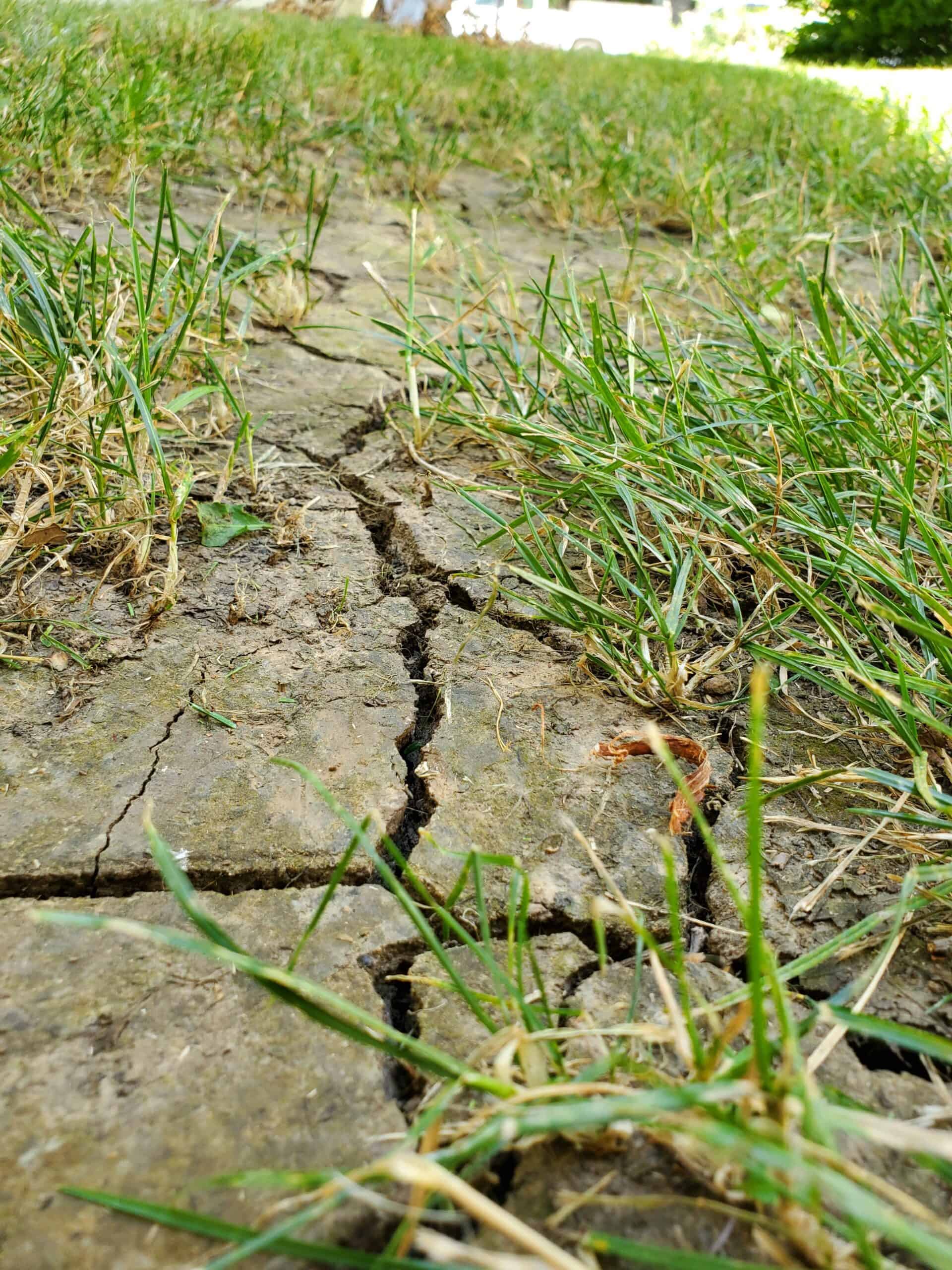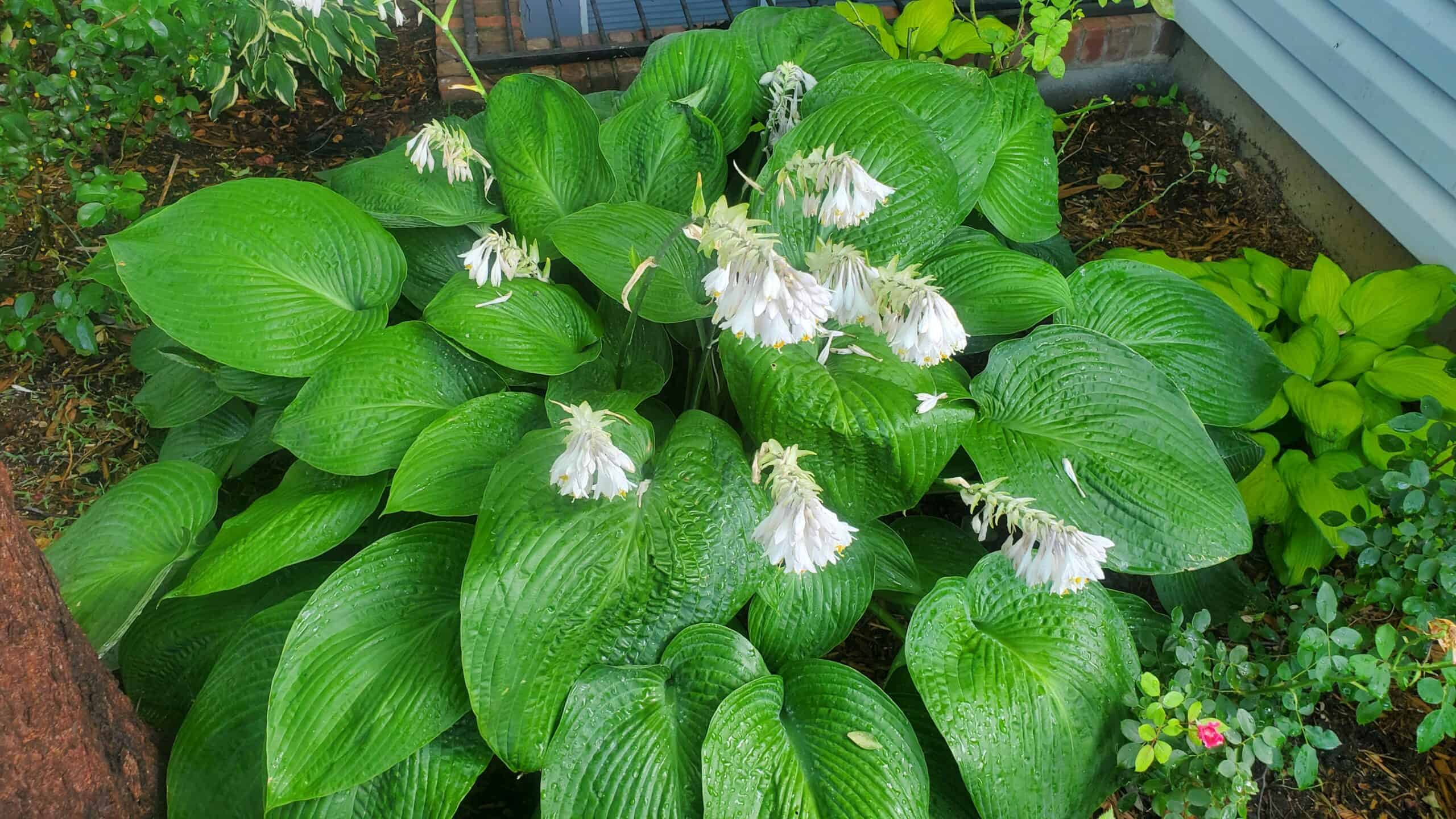Dealing with Extreme Weather: Essential Strategies for Resilient Lawn Care
With its diverse climate, Kansas is no stranger to extreme weather conditions. From scorching heatwaves to torrential downpours and prolonged droughts, maintaining a healthy lawn can be daunting. However, with the right knowledge and proactive measures, you can ensure your lawn remains resilient despite nature's challenges. In this guide, we'll explore effective strategies for lawn care during periods of extreme weather, including droughts, floods, and heat waves. Let’s get started.
Kansas Droughts: A Battle for Moisture
 Droughts, characterized by prolonged periods of abnormally low rainfall, pose a significant threat to lawns. During these dry spells, adopting water-saving practices is crucial to keep your lawn thriving. Here are some quick tips:
Droughts, characterized by prolonged periods of abnormally low rainfall, pose a significant threat to lawns. During these dry spells, adopting water-saving practices is crucial to keep your lawn thriving. Here are some quick tips:
- Deep Watering: When water is scarce, it's vital to water deeply and infrequently. This encourages the roots to grow deeper, making the lawn more resilient to drought conditions.
- Early Morning Watering: Water your lawn early in the morning when the evaporation rate is lowest. This ensures that the soil absorbs the water rather than loses to the sun's heat.
- Mulching: Apply a layer of organic mulch around plants and in garden beds to retain moisture and reduce evaporation.
- Drought-Resistant Grass: Consider replacing high-water-demand grasses with drought-tolerant varieties like Buffalo Grass, Bermuda Grass, or Zoysia Grass.
- Adjust Mowing Height: Raise the mower blades to a higher setting to allow the grass to retain more moisture.
Kansas Floods: Managing Excess Water
Excessive rainfall or sudden floods can lead to waterlogged lawns, which can be just as detrimental as drought conditions. Here's how you can manage excess water effectively:- Improve Drainage: Ensure your lawn has adequate drainage by adding slopes or installing drainage systems like French drains or catch basins.
- Aeration and Overseeding: Regularly aerate your lawn to alleviate compaction and promote better water absorption.
- Choose Water-Resistant Grass: Opt for grasses like Fescue or Kentucky Bluegrass, which are more tolerant of waterlogged conditions. Then mow regularly.
- Avoid Walking on Saturated Soil: Compacting waterlogged soil can exacerbate drainage issues. Minimize foot traffic during and after heavy rainfall.
- Monitor for Disease: Excess moisture creates a breeding ground for fungi and diseases. Keep an eye out for signs of fungal infections and treat them promptly.
Kansas Heatwaves: Protecting Against the Scorching Sun
Kansas summers can bring intense heatwaves that put stress on lawns. To maintain a healthy lawn during these periods, consider the following tips:
- Watering Schedule: Adjust your watering schedule to ensure your lawn receives sufficient hydration. Water deeply and in the early morning or late afternoon to reduce evaporation.
- Shade and Shelter: Provide temporary shade using umbrellas or shade cloths to protect sensitive areas from extreme heat.
- Avoid Excessive Fertilization: During heatwaves, limit the use of nitrogen-rich fertilizers, as they can encourage excessive growth and stress the grass.
- Mowing Height: Keep the grass slightly longer to provide shade to the soil and retain moisture.
- Use Drought-Tolerant Plants: Integrate native plants that are adapted to withstand hot and dry conditions into your landscape.
 (316) 435-3509
(316) 435-3509 office@divine-lawns.com
office@divine-lawns.com